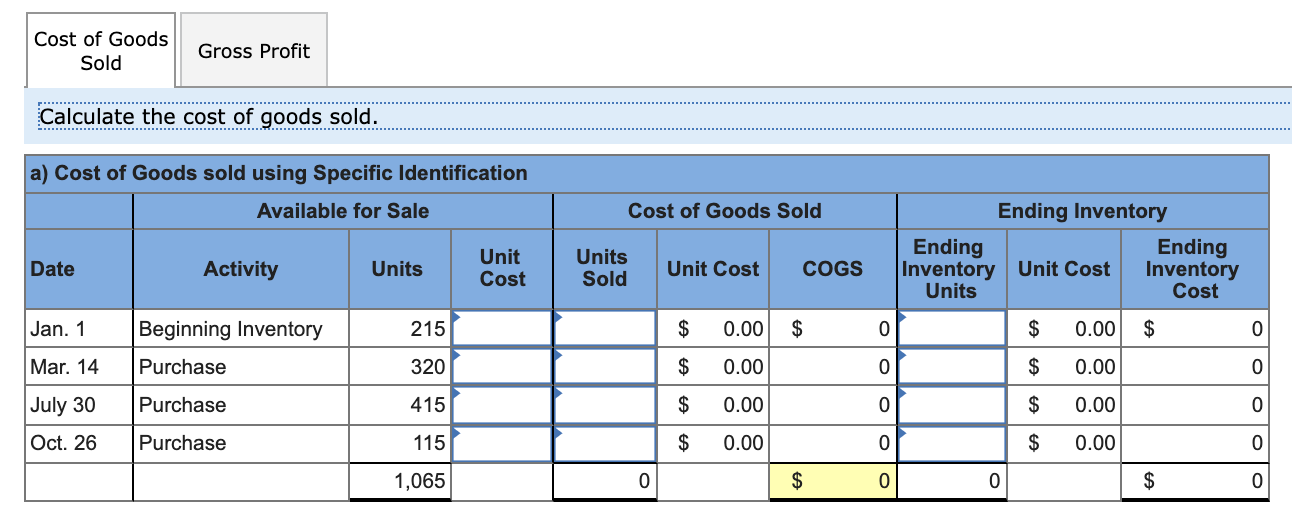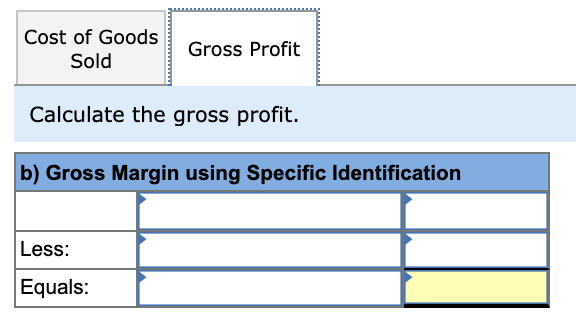Answered step by step
Verified Expert Solution
Question
1 Approved Answer
Hemming uses a periodic inventory system. Assume that ending inventory is consists of 40 units from the March 14 purchase, 70 units from the July

Hemming uses a periodic inventory system. Assume that ending inventory is consists of 40 units from the March 14 purchase, 70 units from the July 30 purchase, and all 115 units from the October 26 purchase. Using the specific identification method, calculate the (a) the cost of goods sold and (b) the gross profit.


Step by Step Solution
There are 3 Steps involved in it
Step: 1

Get Instant Access to Expert-Tailored Solutions
See step-by-step solutions with expert insights and AI powered tools for academic success
Step: 2

Step: 3

Ace Your Homework with AI
Get the answers you need in no time with our AI-driven, step-by-step assistance
Get Started


